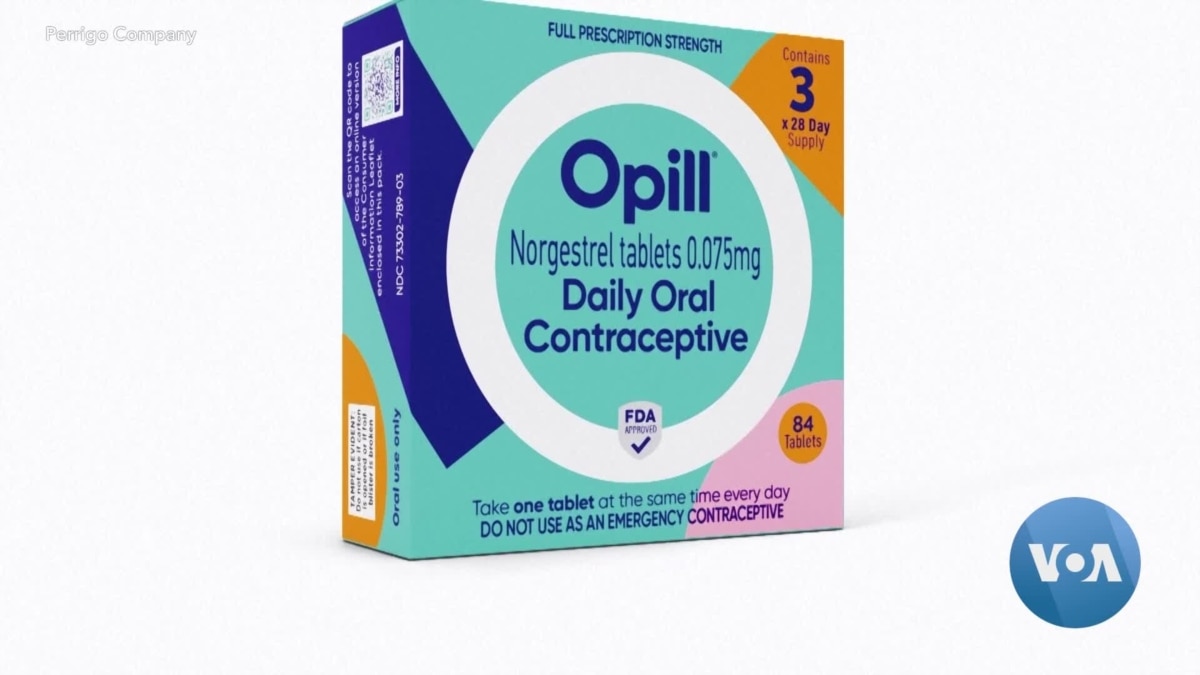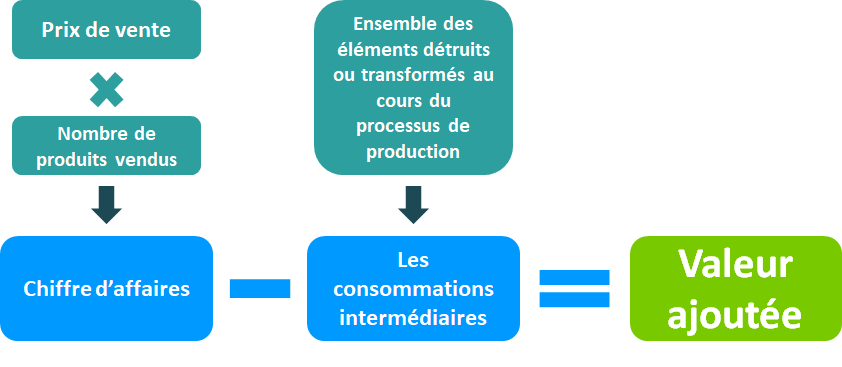Post-Roe America: How Over-the-Counter Birth Control Changes The Game

Table of Contents
Increased Access and Reduced Barriers to Contraception
Geographic limitations and socioeconomic factors significantly impact access to birth control. The availability of over-the-counter birth control aims to alleviate these disparities.
Geographic Limitations and Socioeconomic Factors:
Access to reproductive healthcare, including contraception, varies drastically depending on location and socioeconomic status. Rural communities often face significant challenges, including:
- Limited healthcare providers: Fewer doctors and clinics mean longer travel times and potential delays in accessing care.
- Transportation barriers: Lack of reliable transportation can prevent individuals from reaching healthcare facilities, especially in sparsely populated areas.
- Cost barriers: The cost of birth control, even with insurance, can be prohibitive for low-income individuals and families. This is exacerbated by the lack of affordable healthcare options in many regions.
Statistics reveal a stark contrast in unintended pregnancy rates between different demographics. Low-income women and those living in rural areas experience significantly higher rates of unintended pregnancies, highlighting the urgent need for improved access to affordable and convenient contraception. The Guttmacher Institute, for example, consistently publishes data illustrating this disparity. Over-the-counter birth control offers a potential solution by removing some of these financial and geographic hurdles.
The Role of Pharmacies and Retail Outlets:
Making birth control available over-the-counter in pharmacies and retail stores could revolutionize access, particularly in underserved areas. This increased availability offers several key advantages:
- Increased convenience: Individuals can access birth control more easily and discreetly, without needing an appointment with a doctor.
- Reduced stigma: Purchasing contraception like any other over-the-counter medication reduces the stigma often associated with seeking reproductive healthcare.
- Strategic Partnerships: Collaboration between healthcare providers and retail chains can help ensure proper education and guidance are provided alongside the product. Pharmacists can play a crucial role in educating consumers and answering questions.
However, concerns remain about ensuring proper education and counseling are readily available to those purchasing over-the-counter birth control.
Empowering Individuals and Enhancing Reproductive Autonomy
Over-the-counter birth control empowers individuals to take control of their reproductive health and make informed choices about their bodies.
Privacy and Control over Healthcare Decisions:
Access to over-the-counter birth control enhances privacy and autonomy, especially crucial in states with restrictive abortion laws.
- Confidential access: Individuals can obtain contraception without disclosing personal information to healthcare providers or navigating potentially judgmental systems.
- Informed consent: The ability to choose a birth control method without external pressure is key to reproductive autonomy.
- Proactive Healthcare: Individuals can proactively manage their reproductive health, rather than reacting to unintended pregnancy.
The power to make these choices without bureaucratic hurdles or external pressure is fundamental to reproductive freedom.
Reducing Unintended Pregnancies and Associated Risks:
Increased access to contraception directly translates to a reduction in unintended pregnancies.
- Fewer unintended pregnancies: Wider access to effective birth control can significantly lower the rates of unintended pregnancies.
- Improved health outcomes: Reducing unintended pregnancies leads to better health outcomes for both mothers and children, preventing high-risk pregnancies and associated complications.
- Reduced abortion rates: While not a direct replacement for abortion access, readily available contraception drastically minimizes the number of unintended pregnancies that may lead to abortions.
Data from organizations like the CDC clearly demonstrates the link between increased contraceptive use and lower rates of unintended pregnancies.
Potential Challenges and Considerations
While the benefits of over-the-counter birth control are significant, potential challenges must be addressed.
Ensuring Proper Education and Counseling:
Providing comprehensive information and support is crucial to ensure safe and effective use of over-the-counter birth control.
- Accessible educational resources: Online and in-person resources must be available to educate individuals about various birth control methods, their effectiveness, and potential side effects.
- Pharmacist training and support: Pharmacists need training to provide accurate and unbiased information to consumers.
- Combating misinformation: Public health campaigns are needed to counter misinformation and ensure individuals rely on credible sources for information.
Reliable information is key to empowering individuals to make informed choices.
Addressing Potential Misuse and Over-the-Counter Medication Concerns:
Misuse or incorrect use of over-the-counter birth control could lead to negative health outcomes.
- Clear instructions and warnings: Packaging and instructions must be clear, concise, and easy to understand.
- Medical advice: Individuals should be encouraged to seek medical advice if they experience any side effects or have questions about using their chosen birth control.
- Public health campaigns: Public awareness campaigns can help address misconceptions and promote safe and responsible use of over-the-counter birth control.
Open communication and readily available resources are crucial to mitigating these risks.
Conclusion
The increased accessibility of over-the-counter birth control presents a significant turning point in post-Roe America. While challenges remain, the potential benefits are substantial. Empowering individuals with greater control over their reproductive health through readily available over-the-counter birth control can lead to a decrease in unintended pregnancies, improved health outcomes, and a more equitable approach to reproductive healthcare. To ensure these benefits are realized, a concerted effort is needed to increase awareness, provide comprehensive education, and address potential concerns surrounding over-the-counter birth control access. Let's work towards a future where everyone has access to the reproductive healthcare they need, starting with wider access to over-the-counter birth control options.

Featured Posts
-
 Infotel La Valeur Ajoutee Qui Fait La Difference
Apr 23, 2025
Infotel La Valeur Ajoutee Qui Fait La Difference
Apr 23, 2025 -
 Netflixs Resilience Amidst Big Tech Downturn A Wall Street Tariff Haven
Apr 23, 2025
Netflixs Resilience Amidst Big Tech Downturn A Wall Street Tariff Haven
Apr 23, 2025 -
 2025s Unsung Hero A Brewers Clutch Hitting
Apr 23, 2025
2025s Unsung Hero A Brewers Clutch Hitting
Apr 23, 2025 -
 Lehigh Valley Facing Extensive Power Outages Due To High Winds
Apr 23, 2025
Lehigh Valley Facing Extensive Power Outages Due To High Winds
Apr 23, 2025 -
 Walk Off Bunt Sinks Royals In 11 Inning Loss To Brewers
Apr 23, 2025
Walk Off Bunt Sinks Royals In 11 Inning Loss To Brewers
Apr 23, 2025
Latest Posts
-
 Analysis Of Ag Pam Bondis Decision A Public Vote On Epstein Files
May 10, 2025
Analysis Of Ag Pam Bondis Decision A Public Vote On Epstein Files
May 10, 2025 -
 Attorney Generals Prop Understanding The Fentanyl Demonstration
May 10, 2025
Attorney Generals Prop Understanding The Fentanyl Demonstration
May 10, 2025 -
 Public Vote On Jeffrey Epstein Files Examining Ag Pam Bondis Decision
May 10, 2025
Public Vote On Jeffrey Epstein Files Examining Ag Pam Bondis Decision
May 10, 2025 -
 Attorney Generals Fentanyl Display A Deeper Look
May 10, 2025
Attorney Generals Fentanyl Display A Deeper Look
May 10, 2025 -
 High Potential The Finale That Impressed Abc
May 10, 2025
High Potential The Finale That Impressed Abc
May 10, 2025
